Embarking on the journey of starting an organic plantation can be as rewarding as it is challenging. With the right approach and knowledge, you can transform your garden into a bountiful source of fresh vegetables.
This article provides 10 essential tips for beginners looking to grow easy vegetables in their garden. From seed selection to space utilization, these tips will help you lay the foundation for a thriving organic plantation.
Table of Contents
Key Takeaways
- Pre-sprouting seeds can give your vegetables a head start and improve germination rates.
- Direct sowing is a straightforward method that involves planting seeds directly into the garden soil.
- Choosing the right crops for your space and climate is crucial for a successful harvest.
- Maximizing space with smart garden design and techniques can lead to higher yields in smaller areas.
- Incorporating permaculture principles can create a sustainable and self-sufficient garden ecosystem.
1. Pre-Sprouting Seeds for Starting Your Organic Plantation
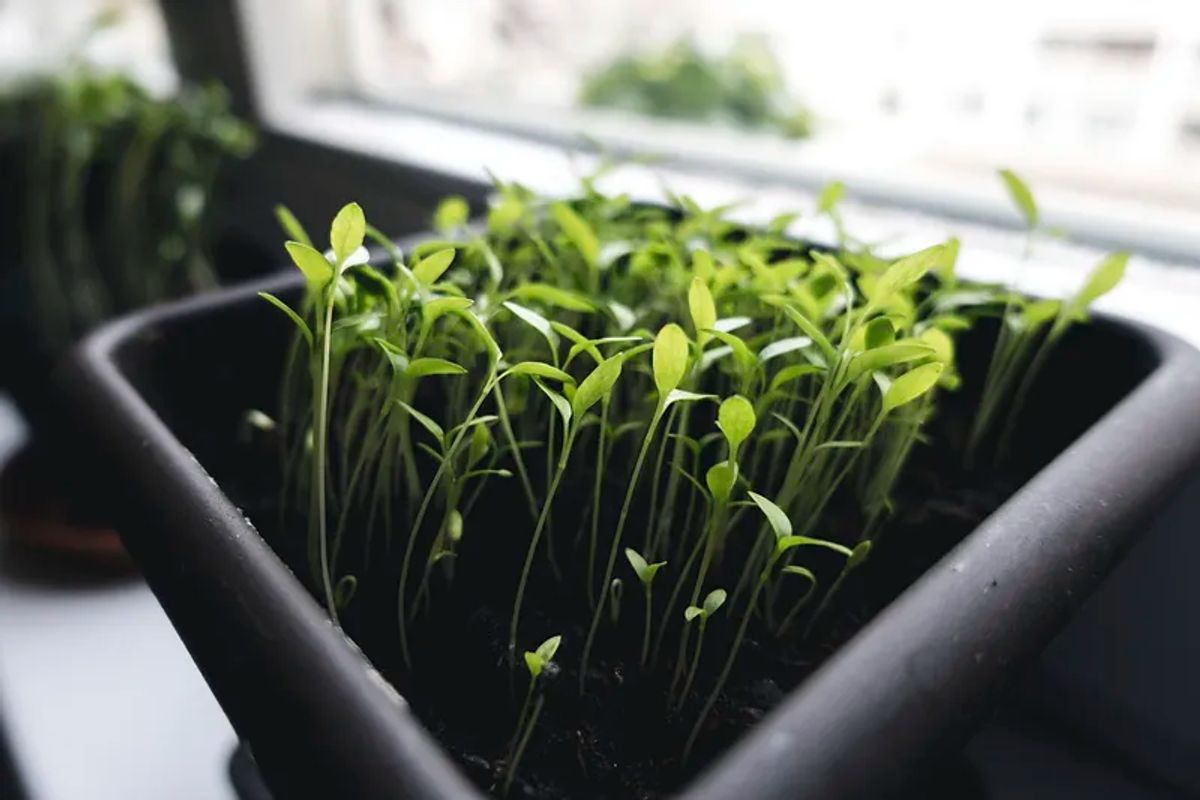
Pre-sprouting, also known as chitting, is a method to kick-start your seeds’ growth before they are planted in the garden. Begin by examining the seed packet for specific instructions, such as the optimal time to start seeds indoors. Typically, this is around six to eight weeks before the last expected frost date.
- Warmth is crucial for germination, so consider using raised beds or a heated propagator to maintain the necessary soil temperature.
- Pay attention to frost dates to protect sensitive plants like tomatoes and peppers, while hardier vegetables like spinach can tolerate cooler conditions.
Pre-sprouting seeds can significantly improve germination rates and give you a head start on the growing season.
Remember to start seeds indoors for vegetables that require a longer growing period, such as tomatoes, peppers, and eggplant. This ensures a more productive harvest. As spring approaches, begin the process of hardening off your transplants to prepare them for outdoor conditions.
2. Direct Sowing
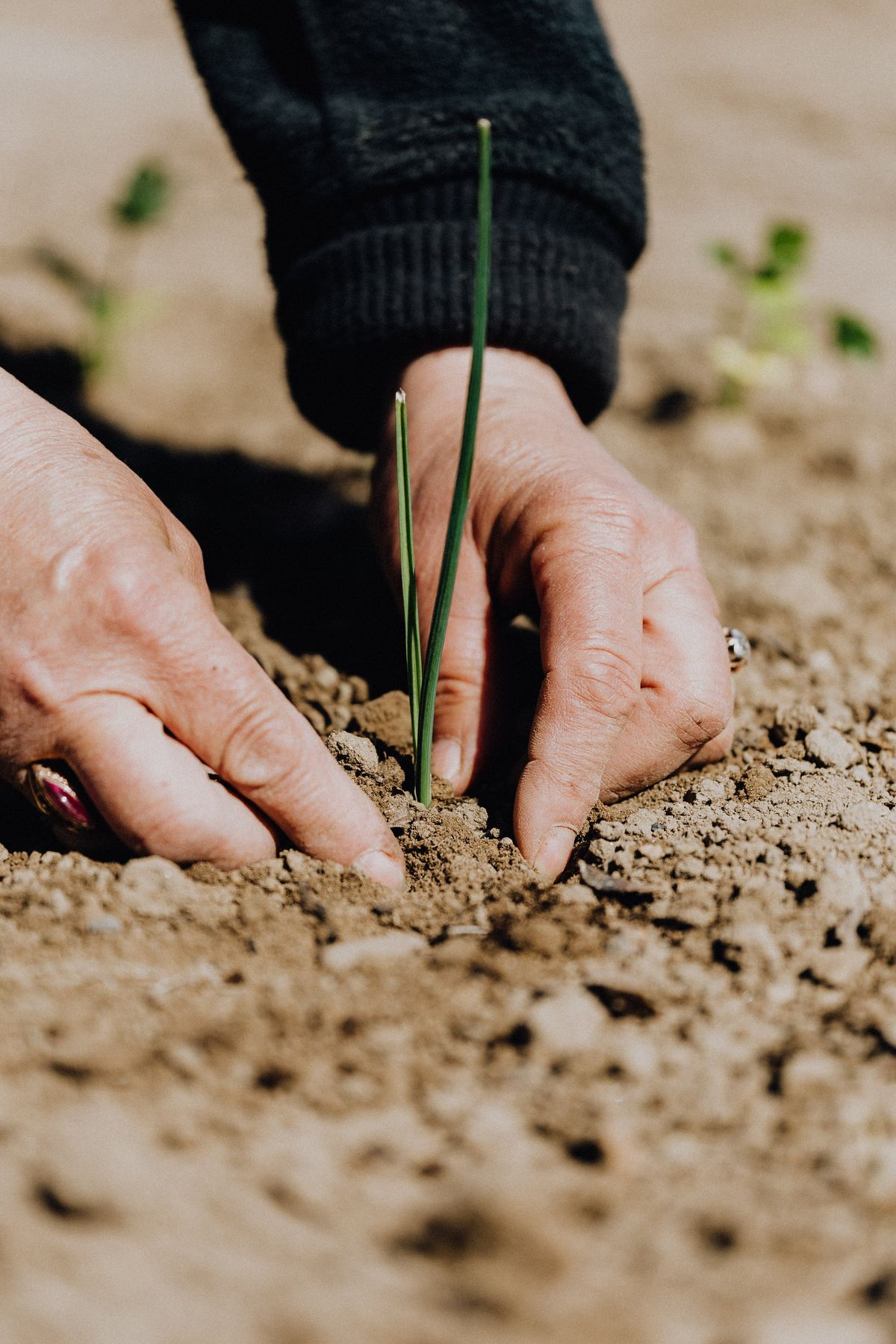
Direct sowing is a straightforward and efficient method to start your organic garden. Plant the seeds directly into the soil where they will grow to maturity, which is especially suitable for vegetables like carrots, beans, and radishes, since these do not transplant well if roots are disturbed.
When planning your direct sowing, consider the soil temperature and the last expected frost date to ensure optimal conditions for your seeds.
Here are some vegetables that thrive with direct sowing:
- Beets
- Swiss chard
- Kohlrabi
- Leaf lettuce
- Mustard greens
- Radishes
- Spinach
Remember to have a trellis system in place for climbing plants such as tomatoes before they begin to sprawl. Additionally, succession planting can maximize your yield by ensuring a continuous supply of fresh vegetables.
3. Crop Selection
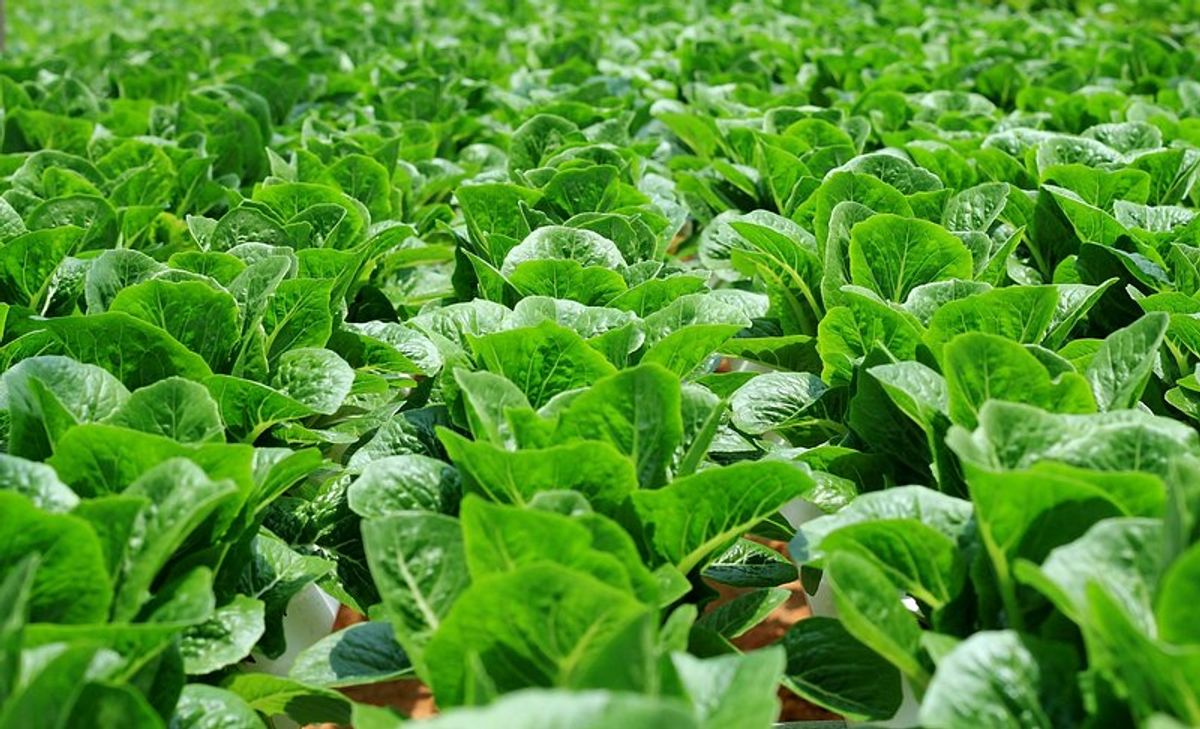
Choosing the right crops for your organic plantation is crucial for a successful harvest. Consider the specific conditions of your garden, such as space, climate, and time constraints, to select the most suitable vegetables. For instance, sweet corn requires ample space for wind pollination and may not be ideal for small raised beds.
Succession planting can be a key strategy in crop selection. By planting a new crop immediately after harvesting the previous one, you ensure a continuous supply of vegetables throughout the growing season.
Remember to respect the spacing and depth requirements for each plant. Overcrowding can lead to stress and reduced yields, while incorrect planting depth can prevent germination. Here’s a quick guide to help you:
- Sweet Corn: Not recommended for small spaces due to pollination needs.
- Succession Planting: Ensures a continuous harvest.
- Spacing and Depth: Critical for plant health and yield.
4. Space Maximization
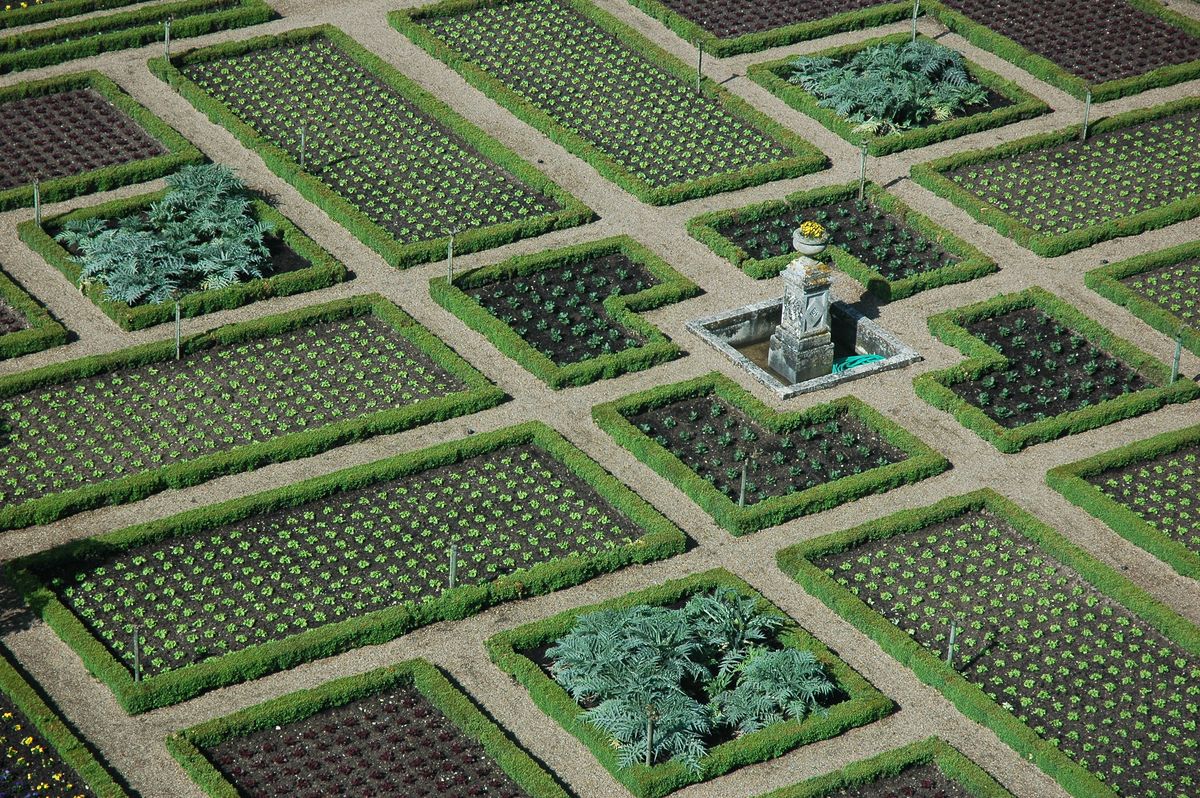
Maximizing the space in your garden is essential, especially when you’re working with a limited area. Grow vertically to expand your garden upwards, which is particularly effective for crops like cucumbers and pole beans that naturally tend toward the sky. Utilizing vertical space not only increases yield but also adds an aesthetic dimension to your garden.
Respect spacing and planting depth to avoid overcrowding and ensure proper growth. Overcrowding can lead to stressed plants and reduced yields, while incorrect planting depth may prevent germination. Follow the guidelines on seed packets for spacing and depth to create an optimal environment for your vegetables.
Designing your garden with efficiency in mind can lead to a more productive and manageable garden space. Consider square foot gardening to organize and maximize the use of soil in raised beds. This method allows for a clear and efficient planting system that can be tailored to the mature size of the plants.
Here are some tips to help you maximize your garden space:
- Grow vertically using trellises, stakes, and vertical planters.
- Respect the spacing requirements for each plant to prevent stress and competition.
- Follow seed packet instructions for planting depth to ensure successful germination.
- Consider square foot gardening to optimize raised bed layouts.
5. Permaculture Techniques
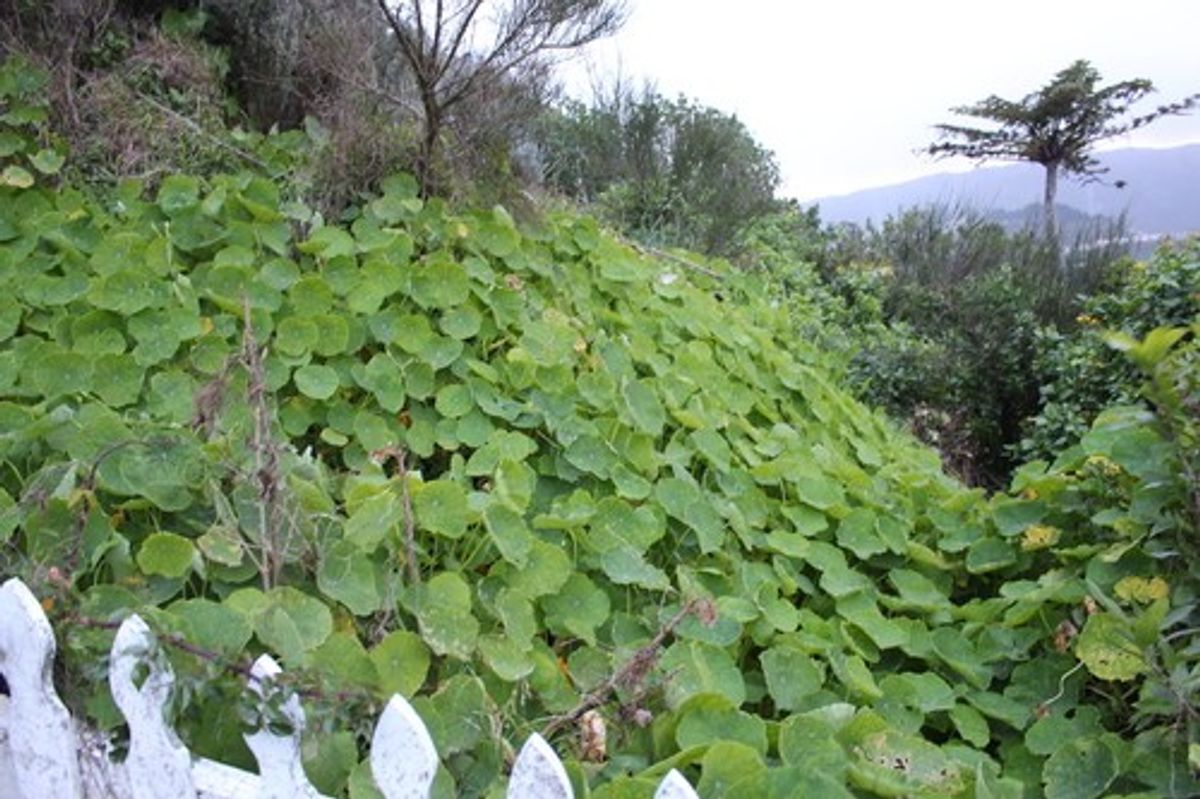
Permaculture gardening is a holistic approach to agriculture that emphasizes the creation of sustainable and self-sufficient ecosystems. Start your permaculture garden at the right time of year, ideally at the beginning of the growing season. This ensures that your plants have the best chance to thrive in a natural, organic environment.
Incorporate mulching into your permaculture practices to retain soil moisture, regulate temperature, and suppress weeds. A thick layer of organic mulch, such as straw or wood chips, can significantly benefit your garden’s health and productivity.
When designing your garden, consider the layout carefully. Raised beds, for example, can offer excellent drainage and can be filled with a rich mix of compost and soil to promote vigorous plant growth.
Here are some additional permaculture techniques to consider:
- Regular monitoring of plants for pests and diseases, using natural solutions for treatment.
- Consistent watering techniques, possibly through drip irrigation, to maintain soil moisture.
- Thoughtful pathway and accessibility design to prevent soil compaction and ensure easy access to all parts of the garden.
6. Drought Tolerance
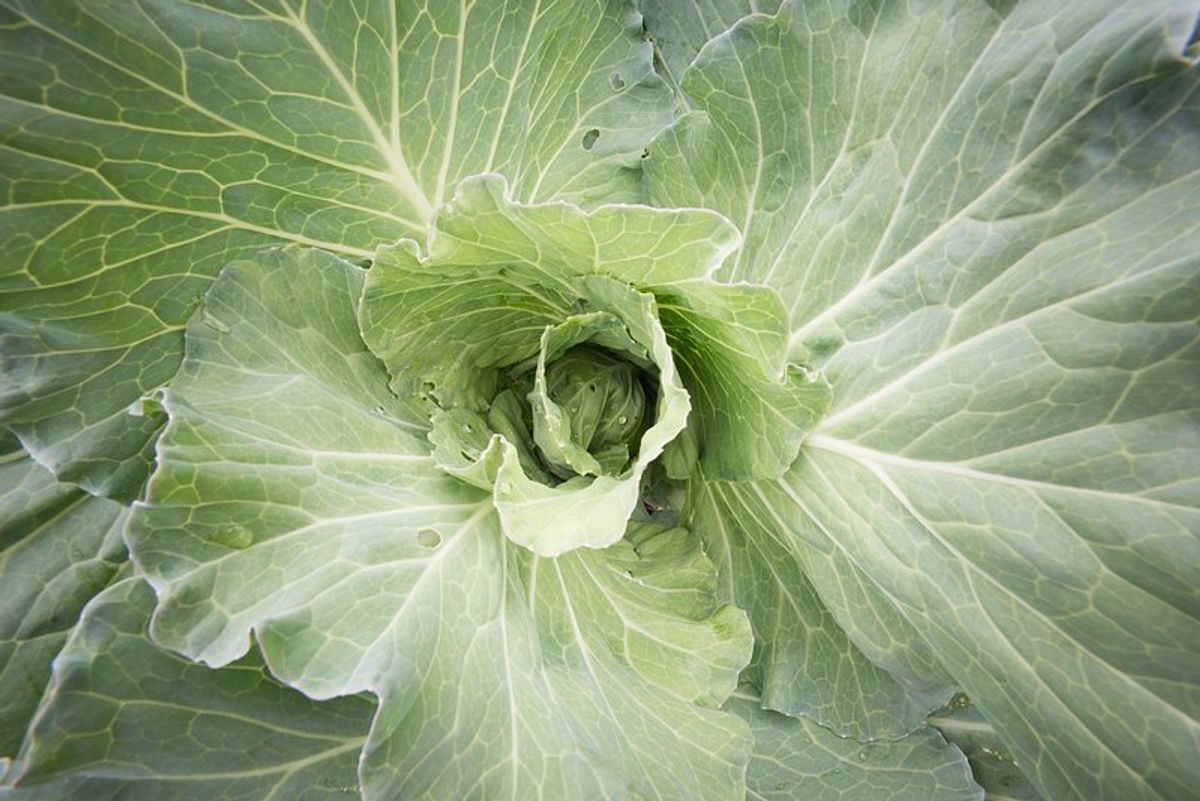
Incorporating drought tolerance into your organic garden is essential for sustainability and resource conservation. Selecting the right vegetables that can thrive with minimal water is a key strategy. For instance, consider the Ping Tung eggplant, a variety known for its resilience in drier conditions.
- Watering Techniques:
- Consistency is vital. Use raised beds with caution as they can dry out quickly.
- Drip irrigation systems are highly recommended to minimize water waste and ensure water reaches the roots.
When your garden is established, water deeply once a week to encourage a deeper root system, which enhances drought resistance.
Remember, some vegetables, like lettuce, benefit from light shade to prevent bolting and maintain soil moisture. Utilize taller crops to provide shade for more sensitive plants during the hottest parts of the day.
7. Tomato Planting

Tomatoes are a staple in any organic garden, and proper planting techniques can significantly enhance their growth and yield. Space plants about 3′ apart to ensure good air circulation, which is crucial for preventing diseases. Plant tomato transplants deep, at least 2″ deeper than the original soil surface to encourage strong root development. For leggy plants, burying a portion of the stem can promote additional root formation.
Incorporate companion planting to boost your tomato crop’s health and productivity. For instance, planting basil alongside tomatoes can repel tomato hornworms, a common pest. Other beneficial companions include marigolds, which deter nematodes, and nasturtiums, known to ward off aphids.
To maintain a consistent harvest, consider succession planting. Once your tomatoes are harvested, immediately plant another crop in the same space. This practice keeps your garden productive throughout the growing season.
Remember to have a trellis system in place before your tomato plants begin to sprawl. This will support the plants as they grow and make harvesting easier. Additionally, enrich the soil with a mix of compost and well-draining soil to provide the necessary nutrients and aeration for your tomatoes.
8. Plant Quantity
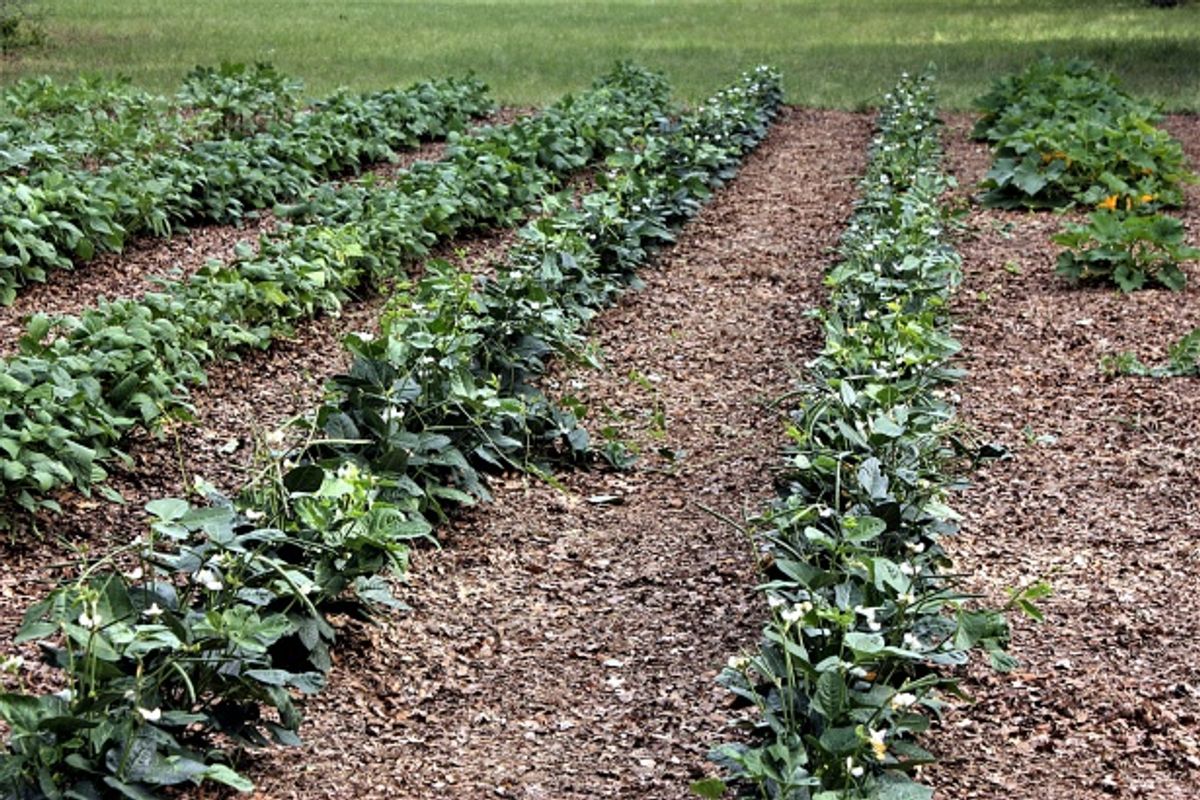
Understanding the right plant quantity for your garden space is crucial for a successful organic plantation. Avoid overcrowding by planning the number of plants per bed carefully. Overcrowding can lead to poor air circulation, increased disease risk, and competition for nutrients.
When determining plant quantity, consider the mature size of the plants and their spacing requirements. This will ensure each plant has enough room to thrive.
Here’s a simple guide for common vegetables:
- Tomatoes: 4-5 plants per 4×8 ft bed
- Peas: 25-30 plants per 4×8 ft bed
- Beans: 20-25 plants per 4×8 ft bed
Remember, the key to a productive garden is not just the number of plants, but the timing of their planting. Succession planting can help maintain a continuous harvest throughout the growing season.
9. Shade-Growing Vegetables

Shade in the garden isn’t always a challenge; it can be an asset, especially during sweltering summer months. Selecting the right vegetables to grow in shaded areas can extend the productivity of your garden. For instance, lettuce, spinach, and other leafy greens often prefer cooler spots away from the intense midday sun. By strategically planting taller crops like climbing beans, you can create natural shade for these more delicate plants.
When planning your garden, consider the shade as a natural resource to manage temperature and moisture levels for optimal growth.
Here’s a list of vegetables that thrive in partial shade, based on the snippet from Better Homes & Gardens:
- Lettuce
- Spinach
- Herbs
- Peas
- Bush Beans
- Radishes
- Turnips
- Beets
Remember, while some vegetables can tolerate shade, they still require some sunlight to flourish. Positioning plants according to their light requirements is crucial for a bountiful harvest.
10. Seed Soaking
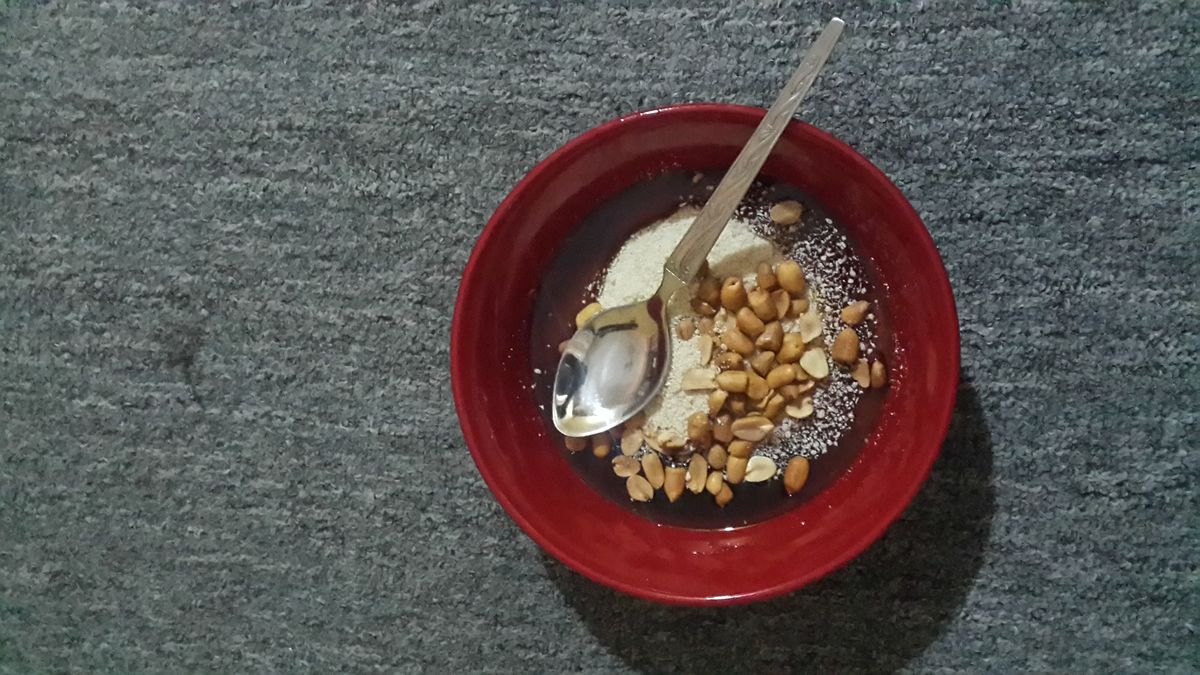
Understanding the importance of seed soaking is crucial for any organic gardener. Soaking seeds before planting can significantly enhance the germination process. This method, often referred to as seed priming, involves hydrating the seeds, which can allow for better penetration of water and nutrients once planted.
To effectively soak your seeds, follow these simple steps:
- Place seeds in a shallow bowl or container.
- Cover with warm water, typically around 95-100 degrees Fahrenheit.
- Allow seeds to soak for the recommended time, which can vary from a few hours to overnight, depending on the seed type.
Remember, not all seeds require soaking. Consult your seed packets or a reliable gardening guide to determine which varieties will benefit from this process.
After soaking, seeds should be planted promptly to prevent them from rotting. Ensure that you have your garden bed or containers ready for the seeds to go directly into the soil. This preparation can lead to a more successful and bountiful harvest.
5 Tips and Techniques for Growing Eggplant: From Seed to Plate
Cultivating Zucchini: Tips for a Successful and Abundant Harvest
Step-by-Step to Growing Bell Peppers in Your Garden
Mastering the Art of Growing Carrots: Tips for a Bountiful Harvest


